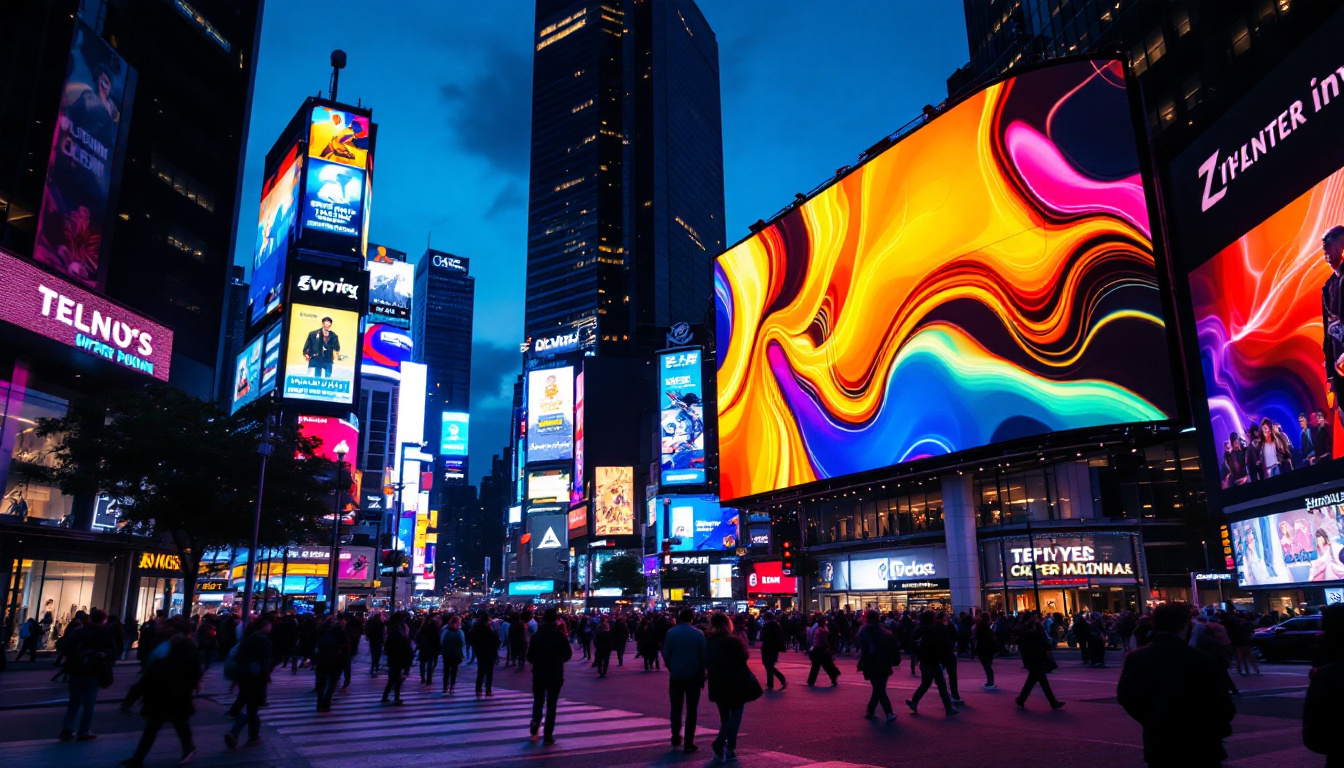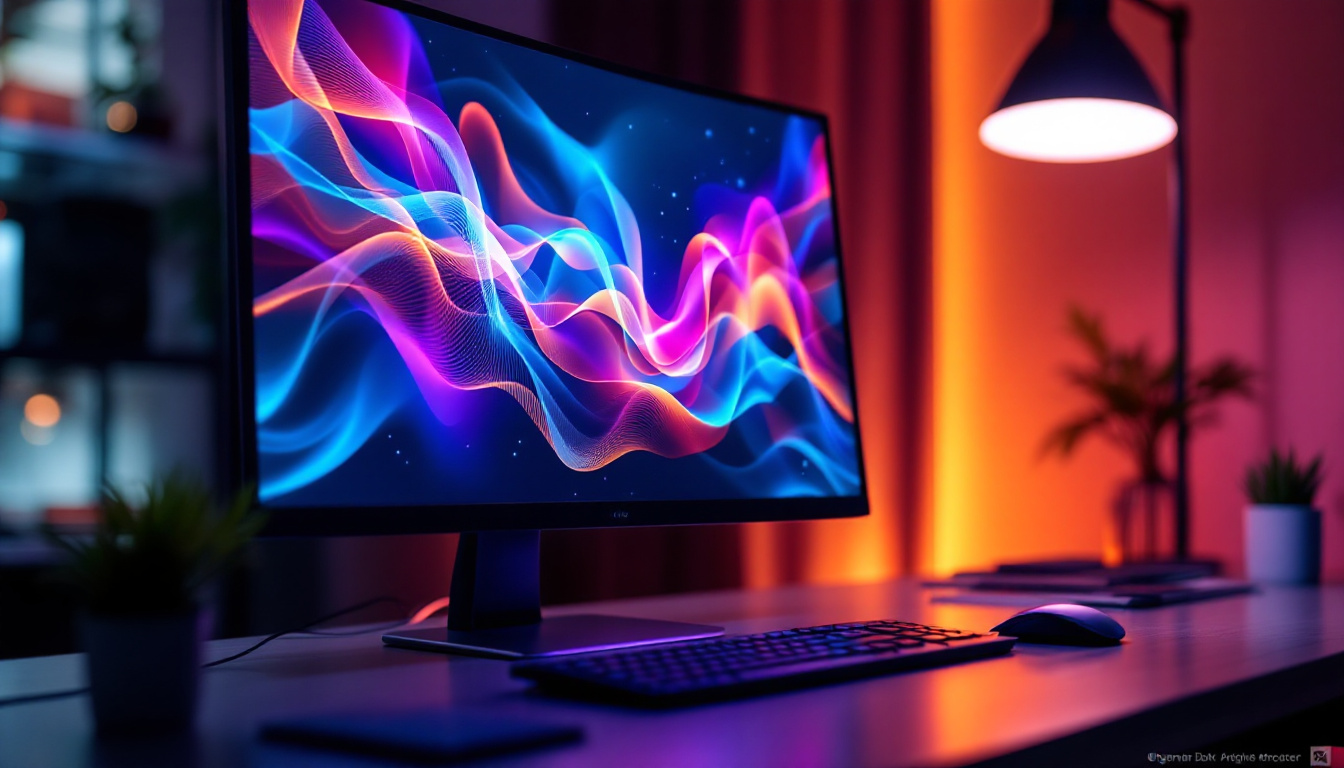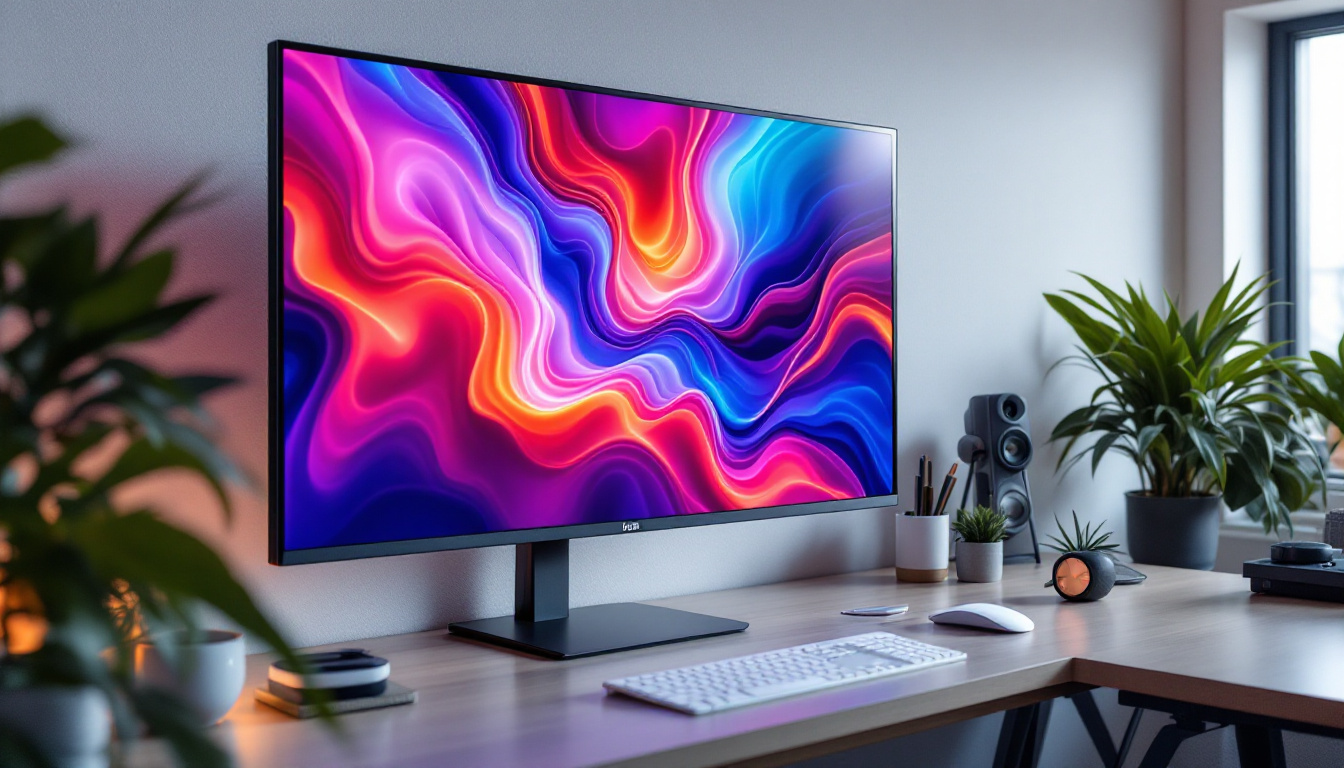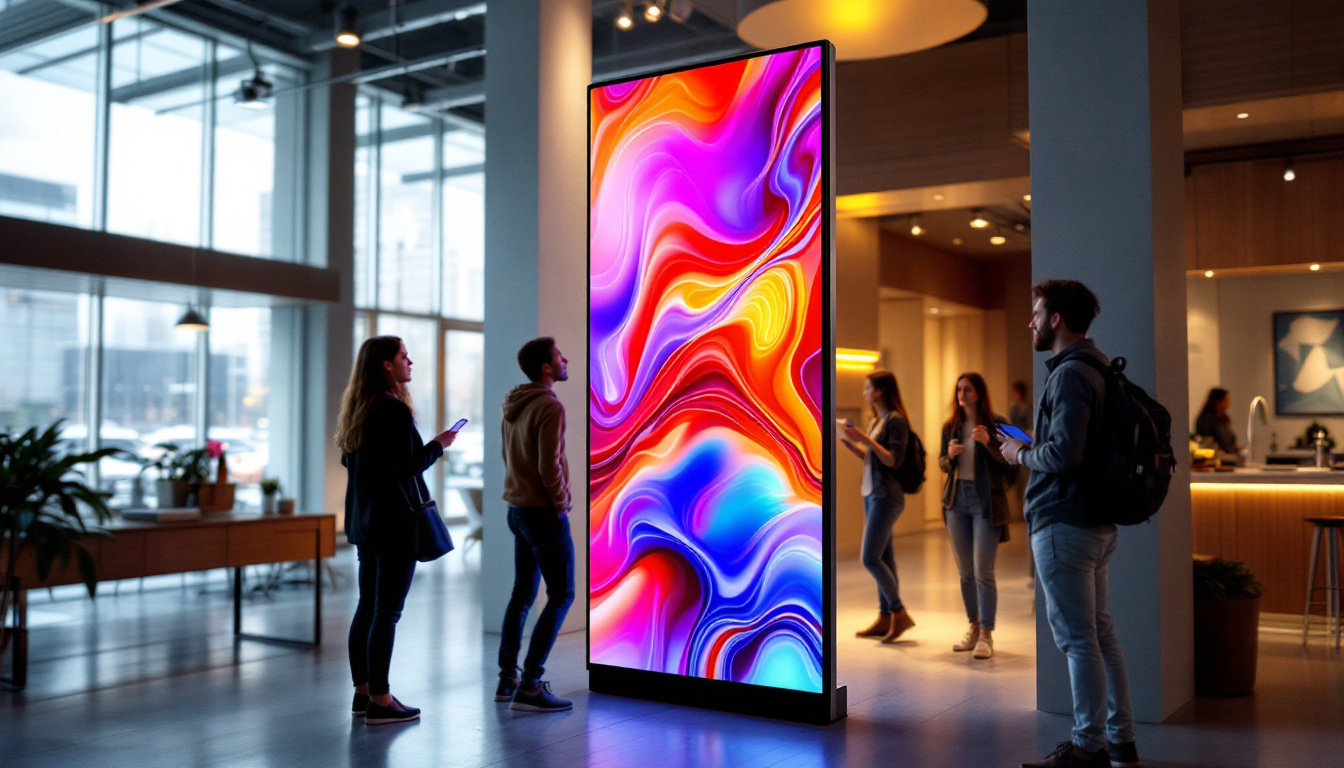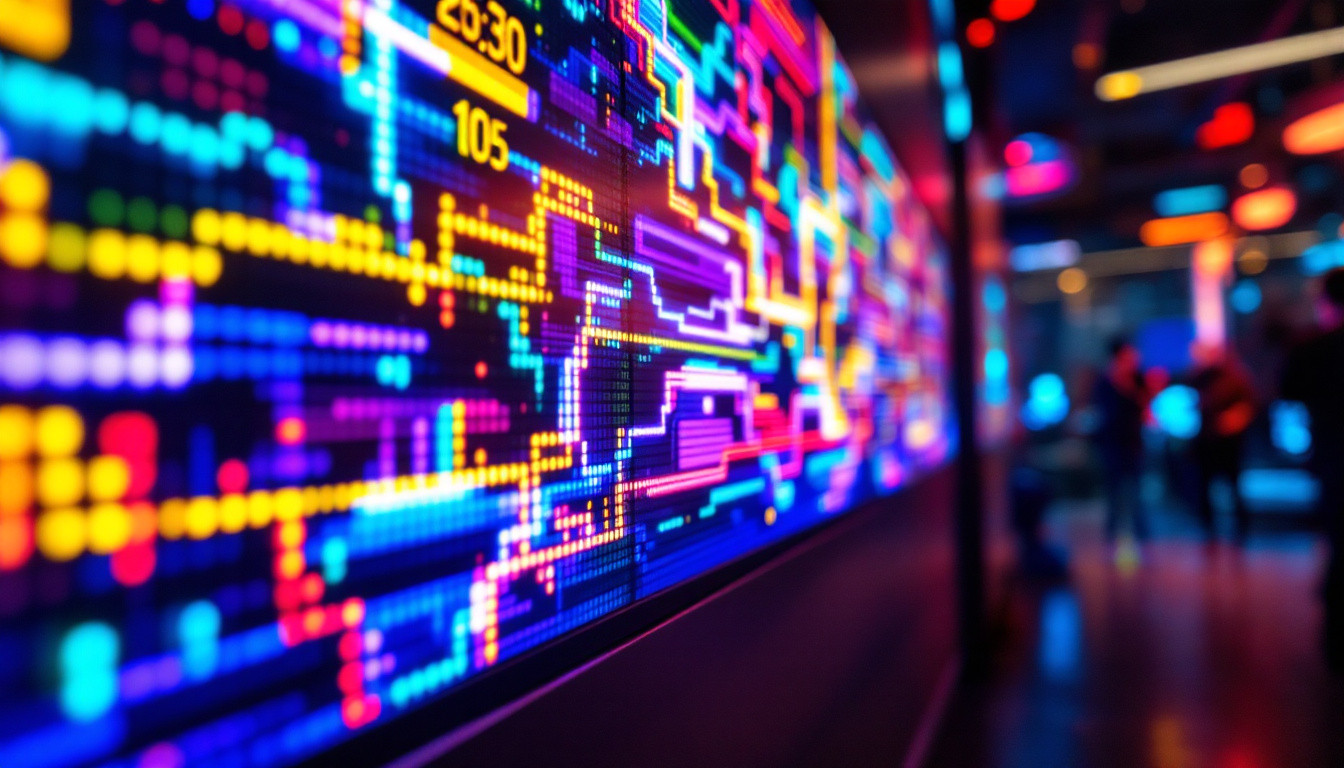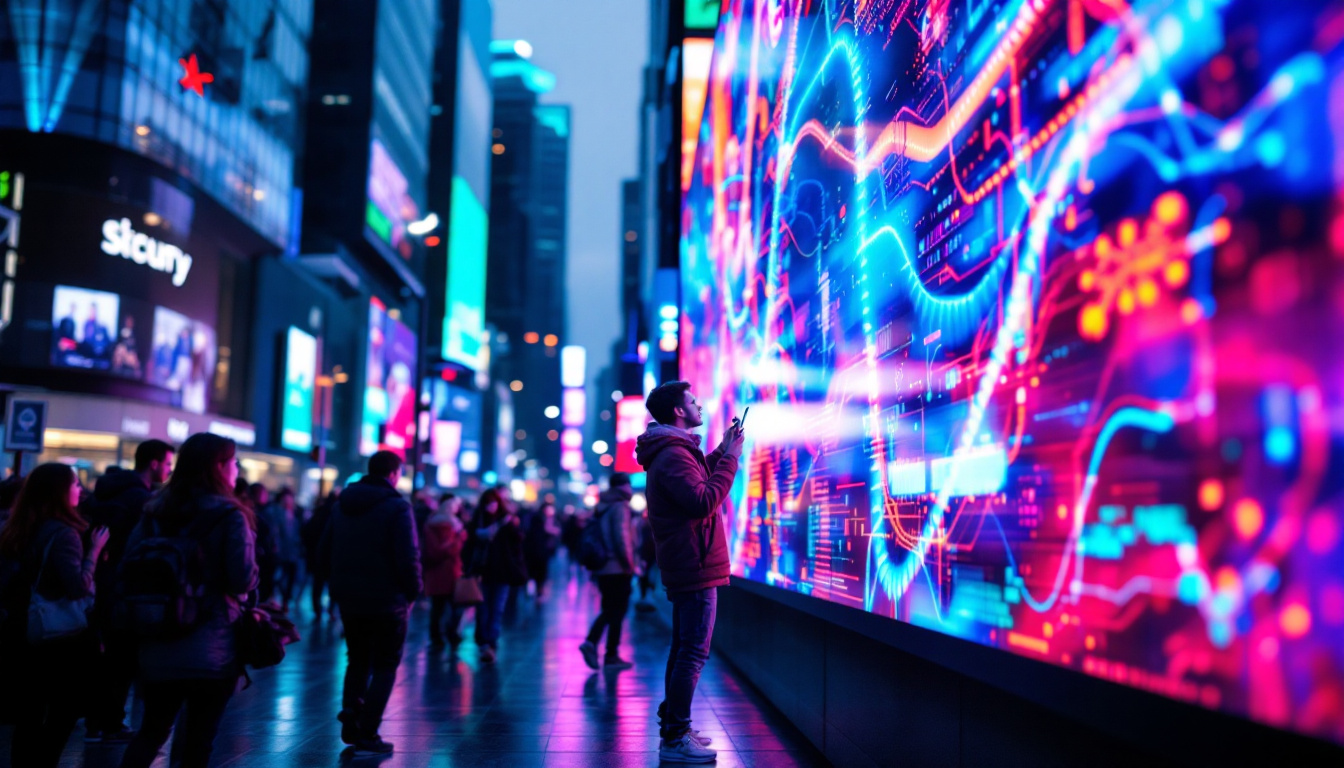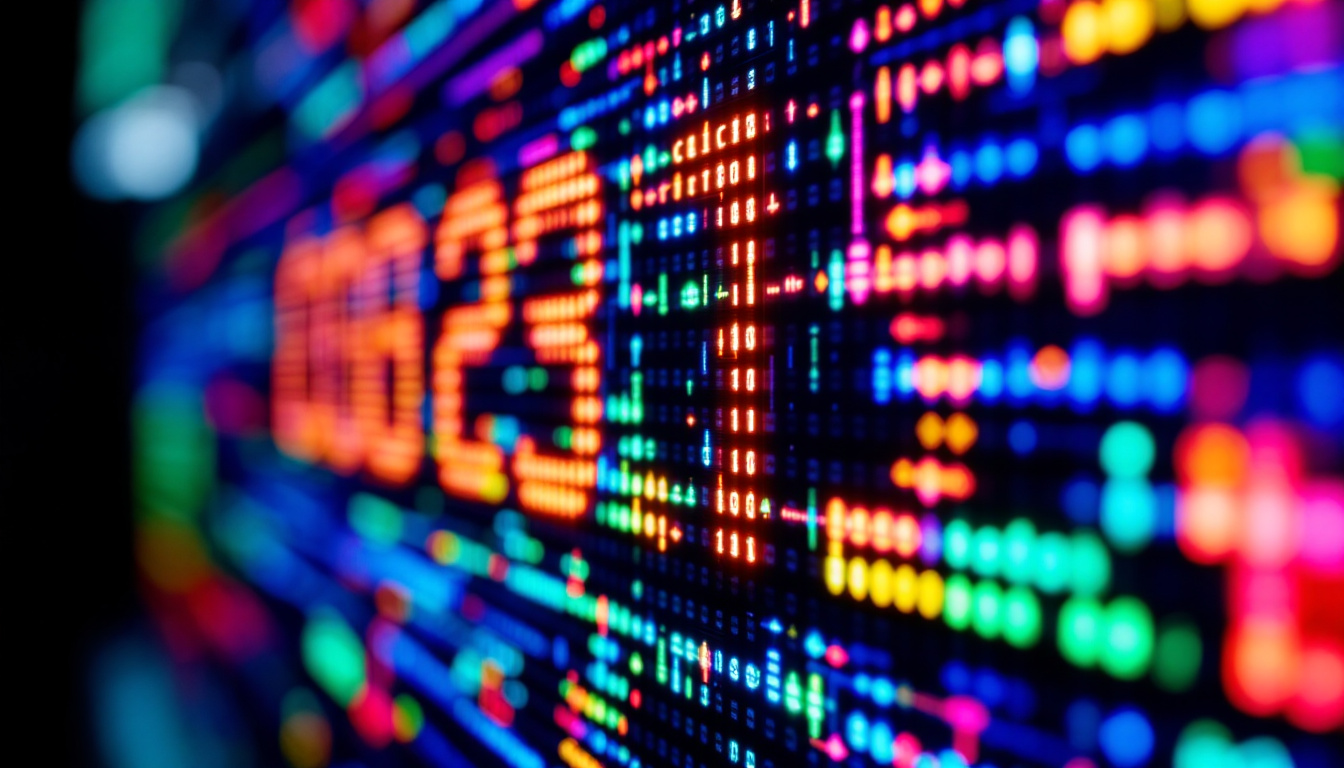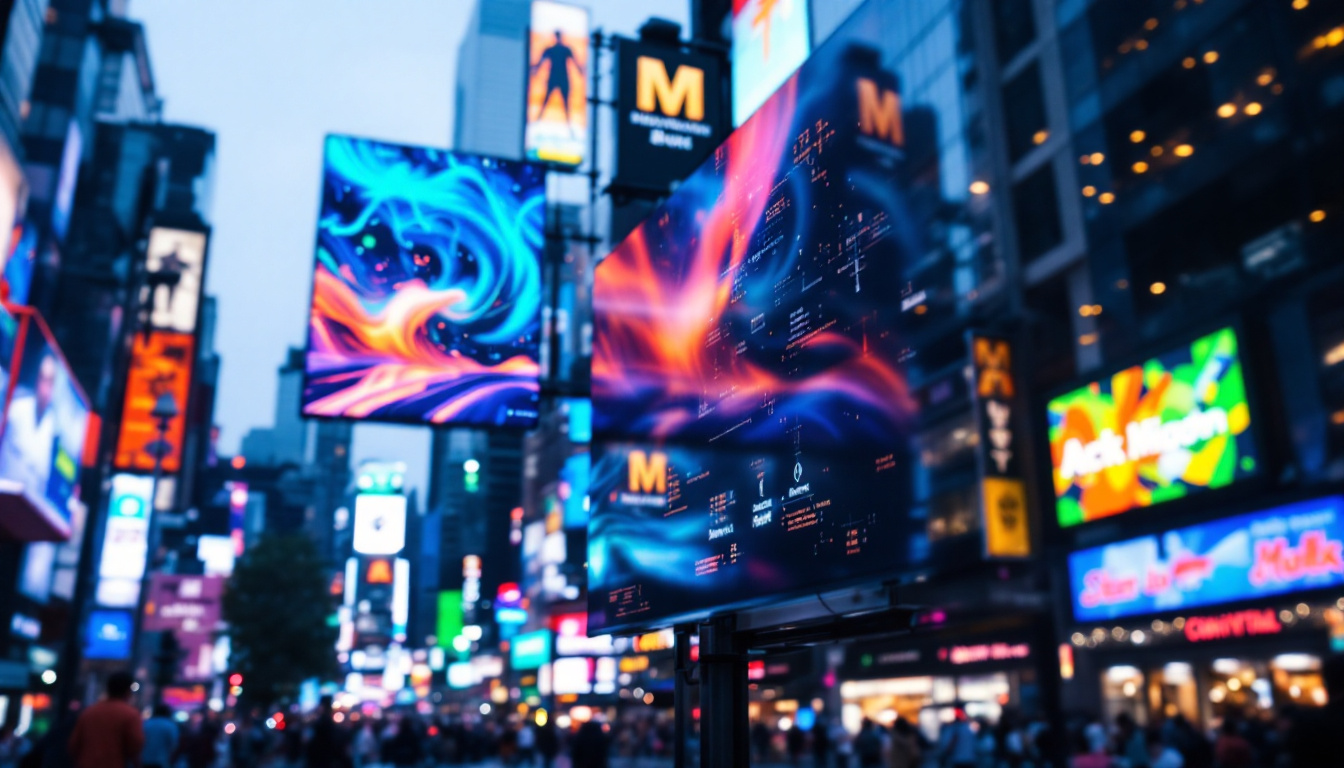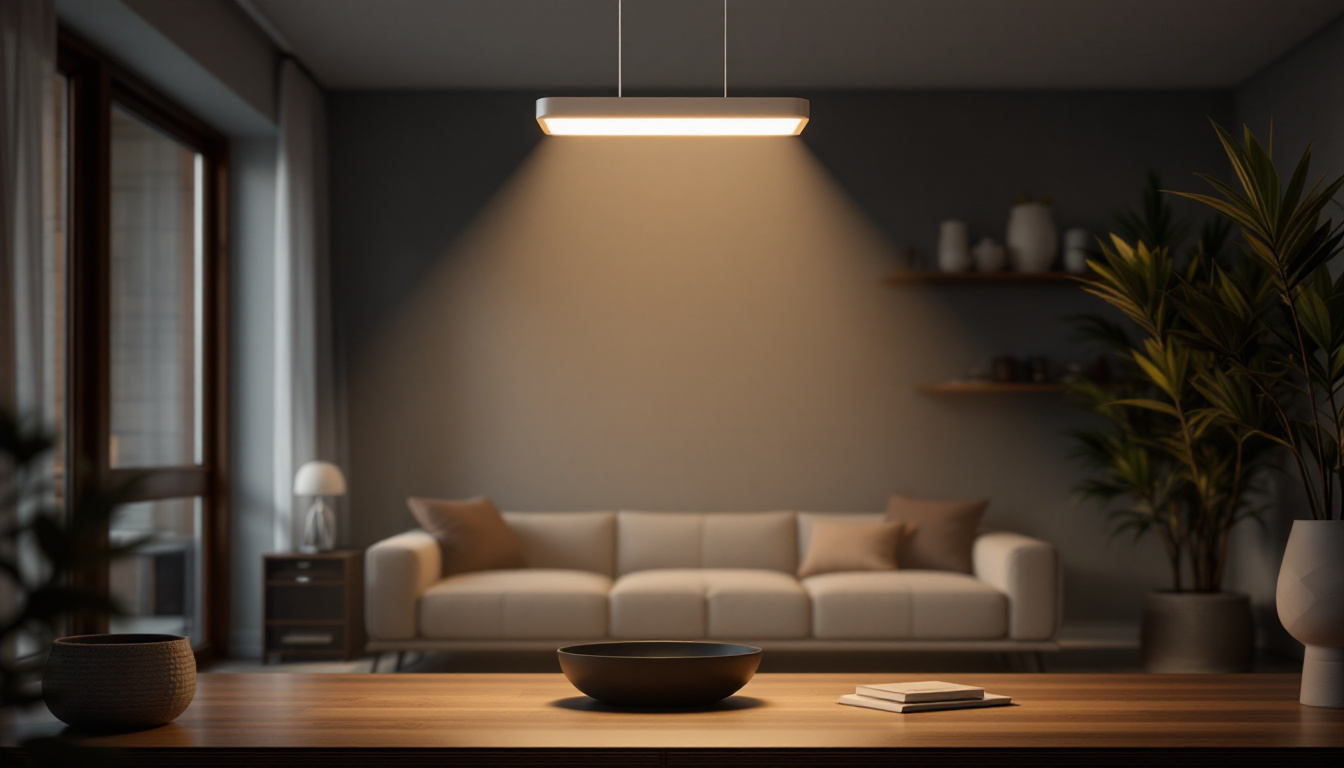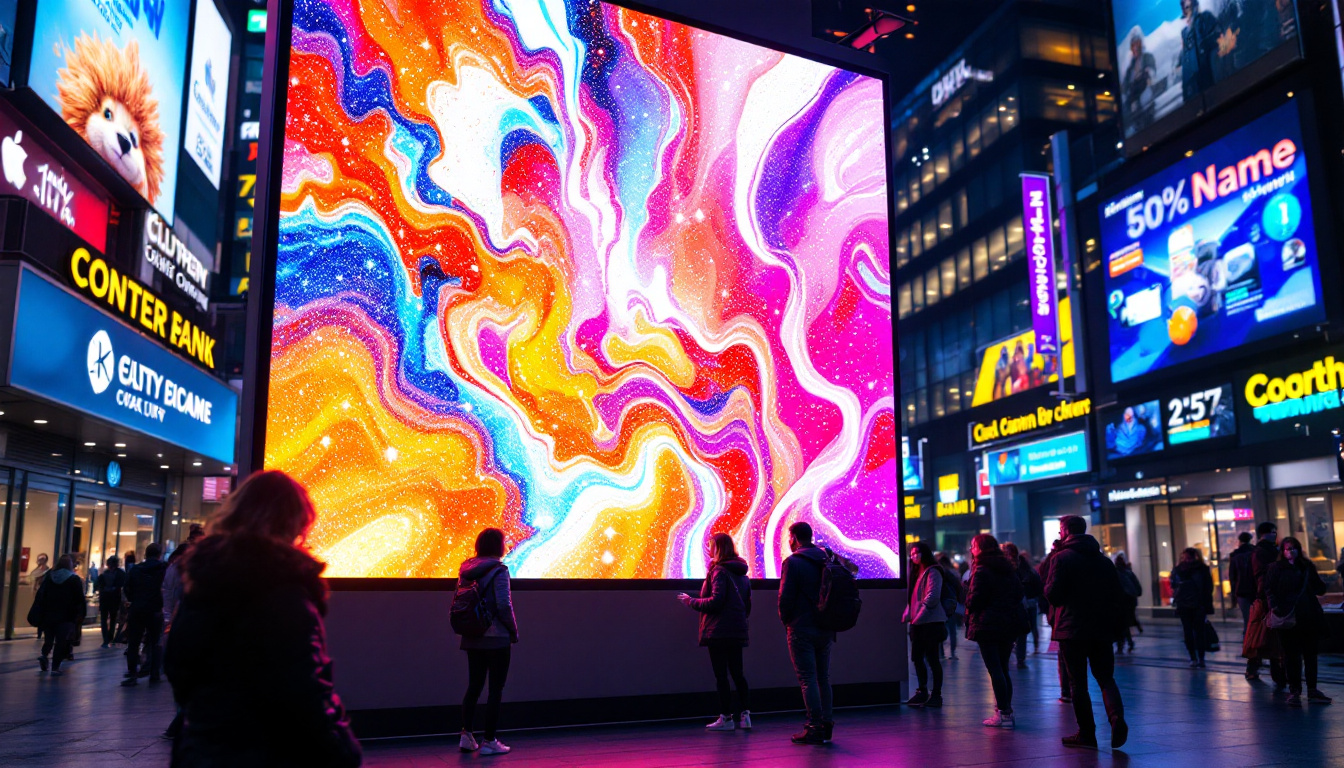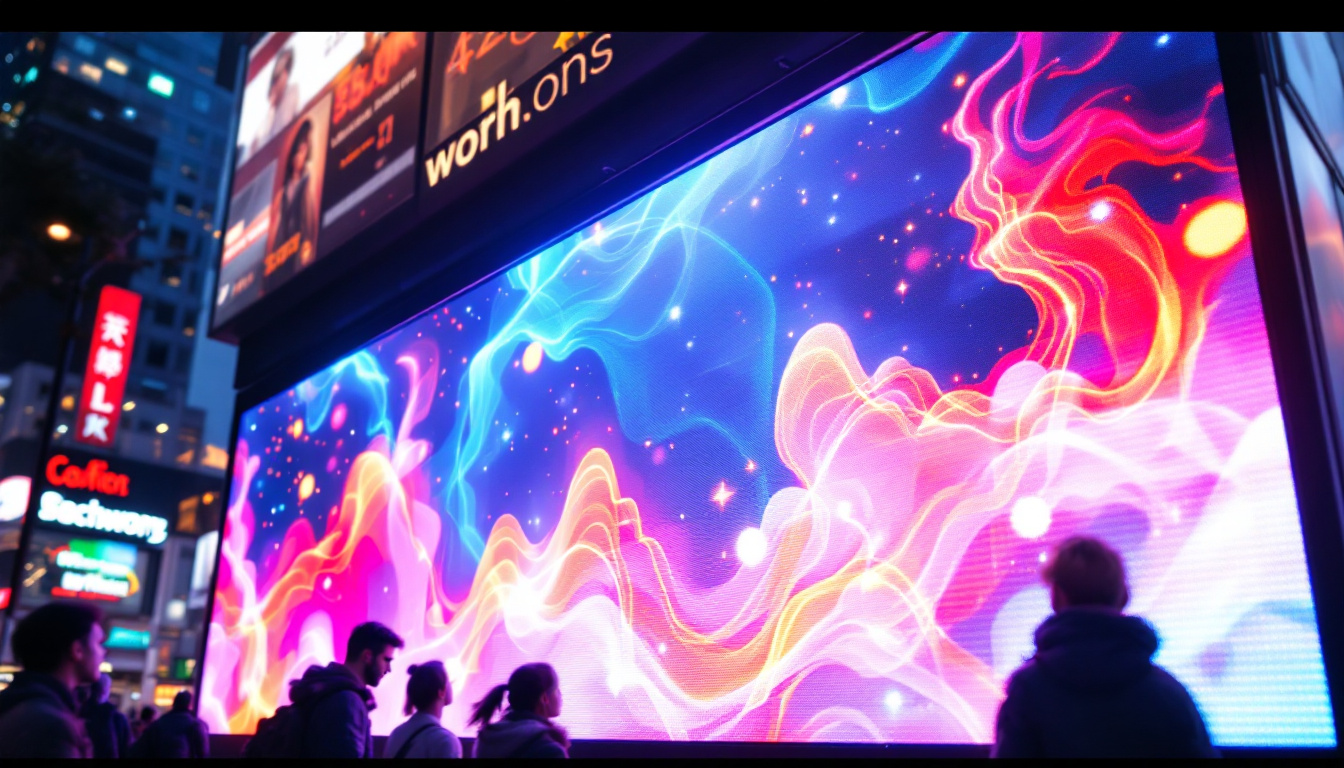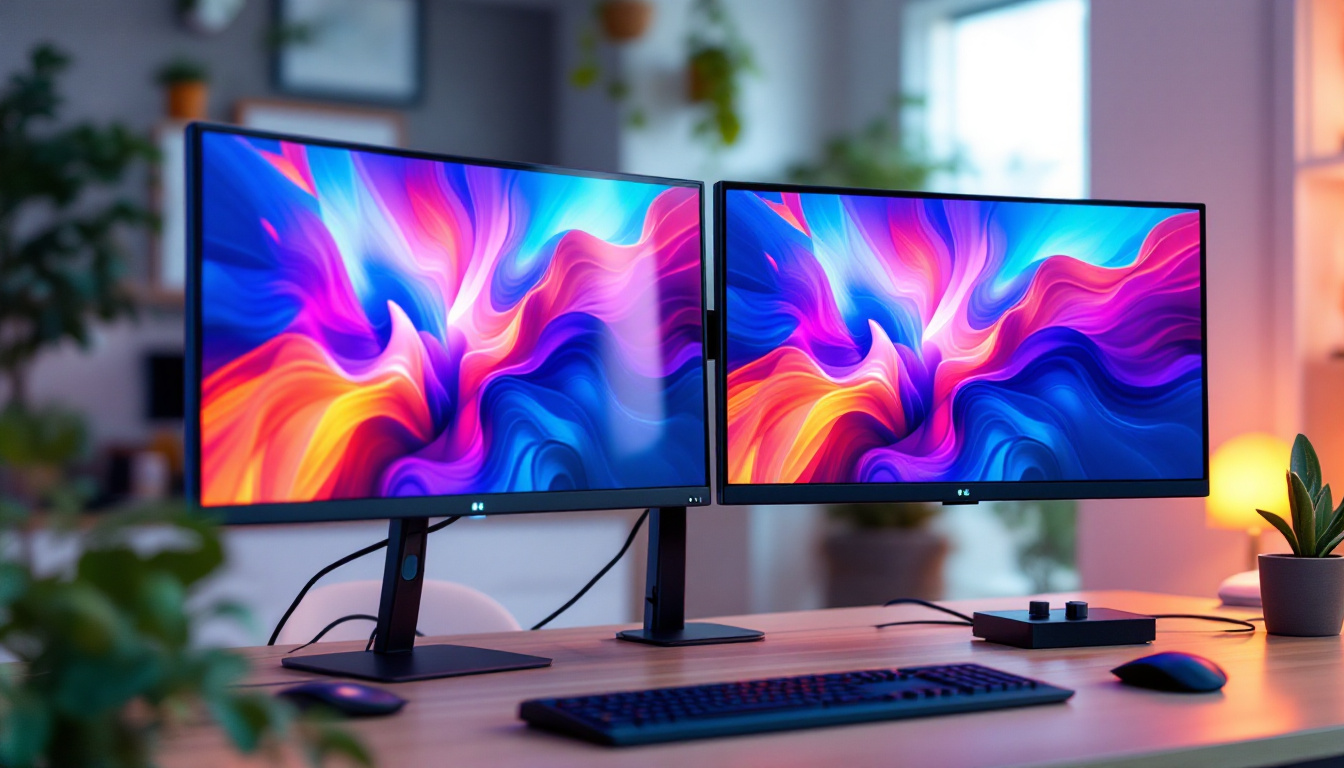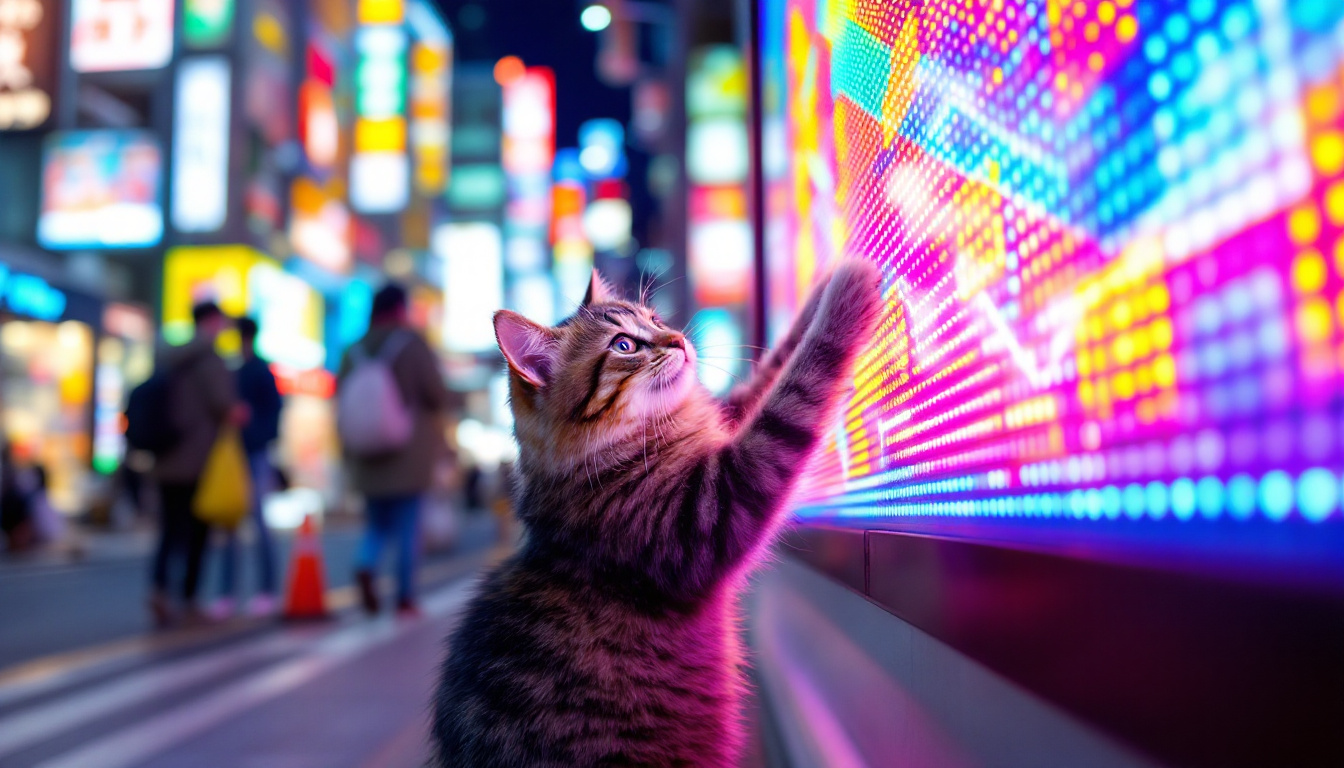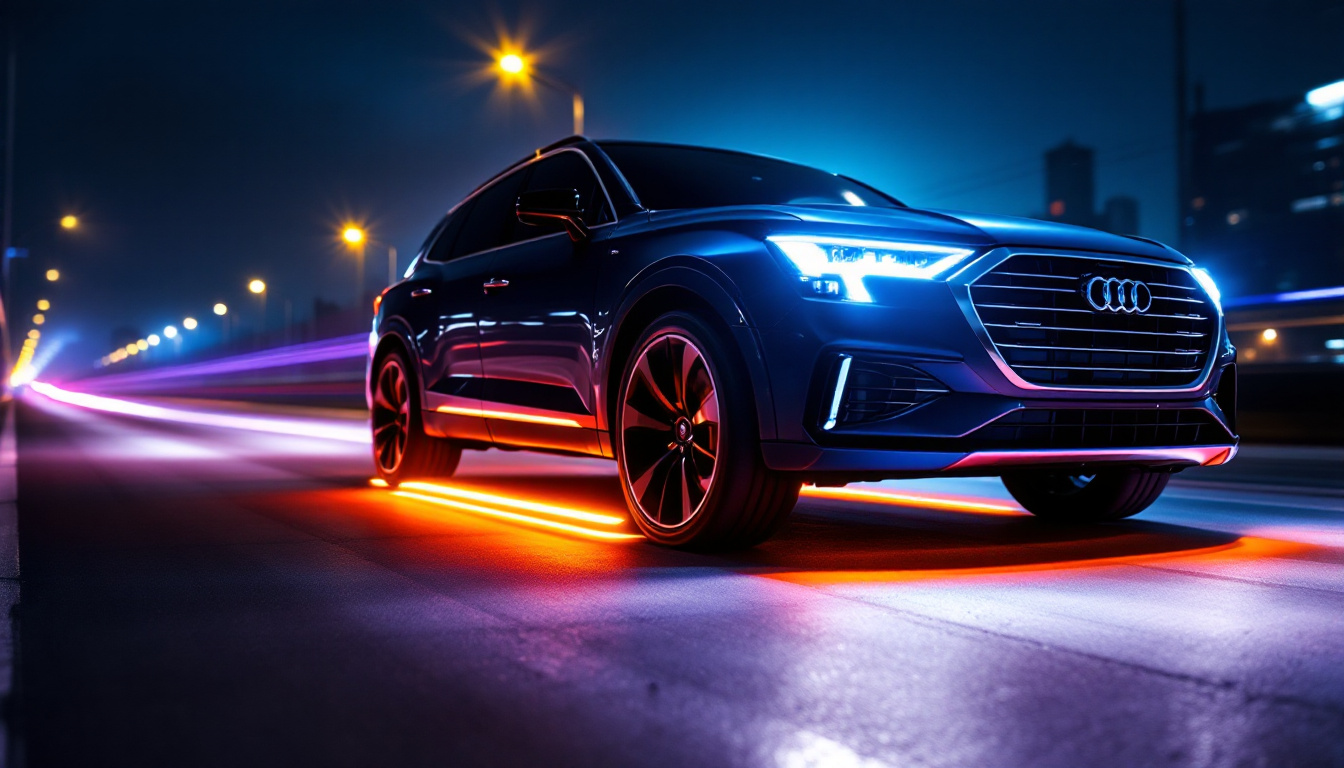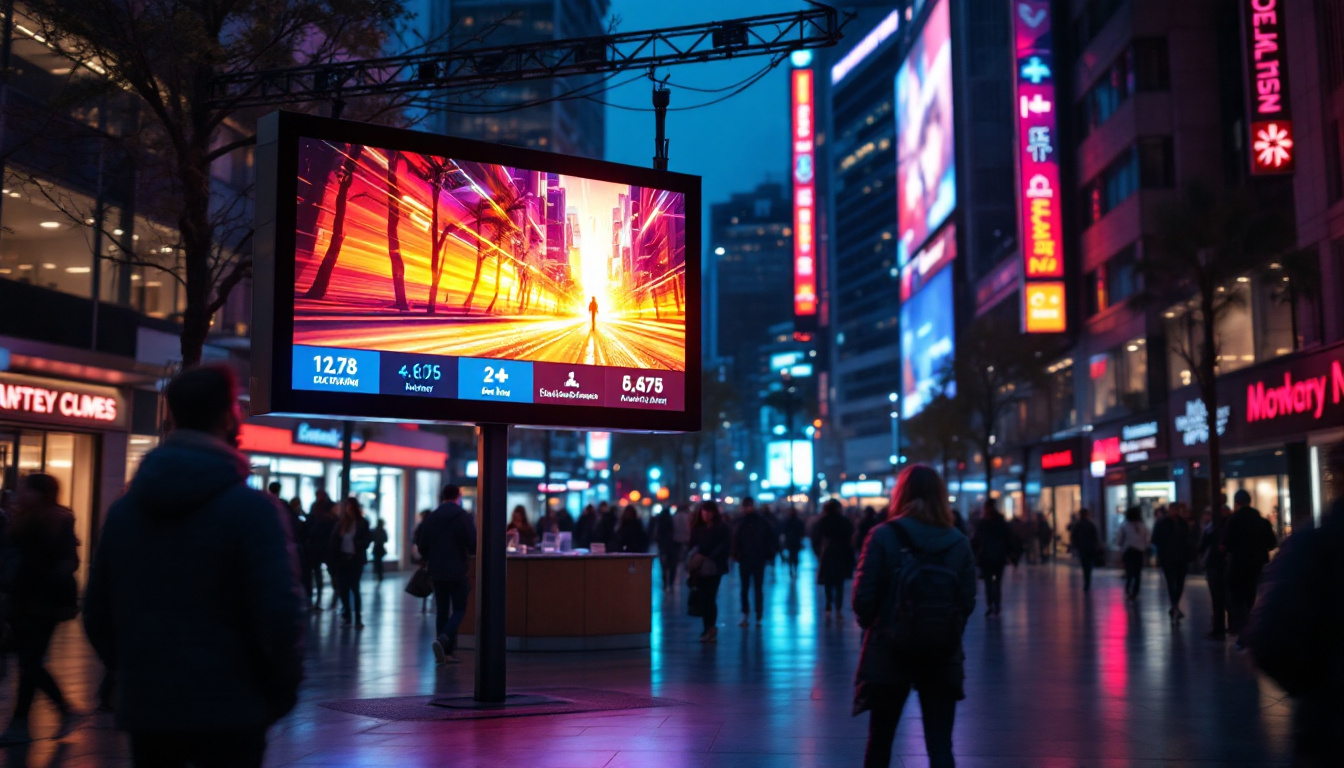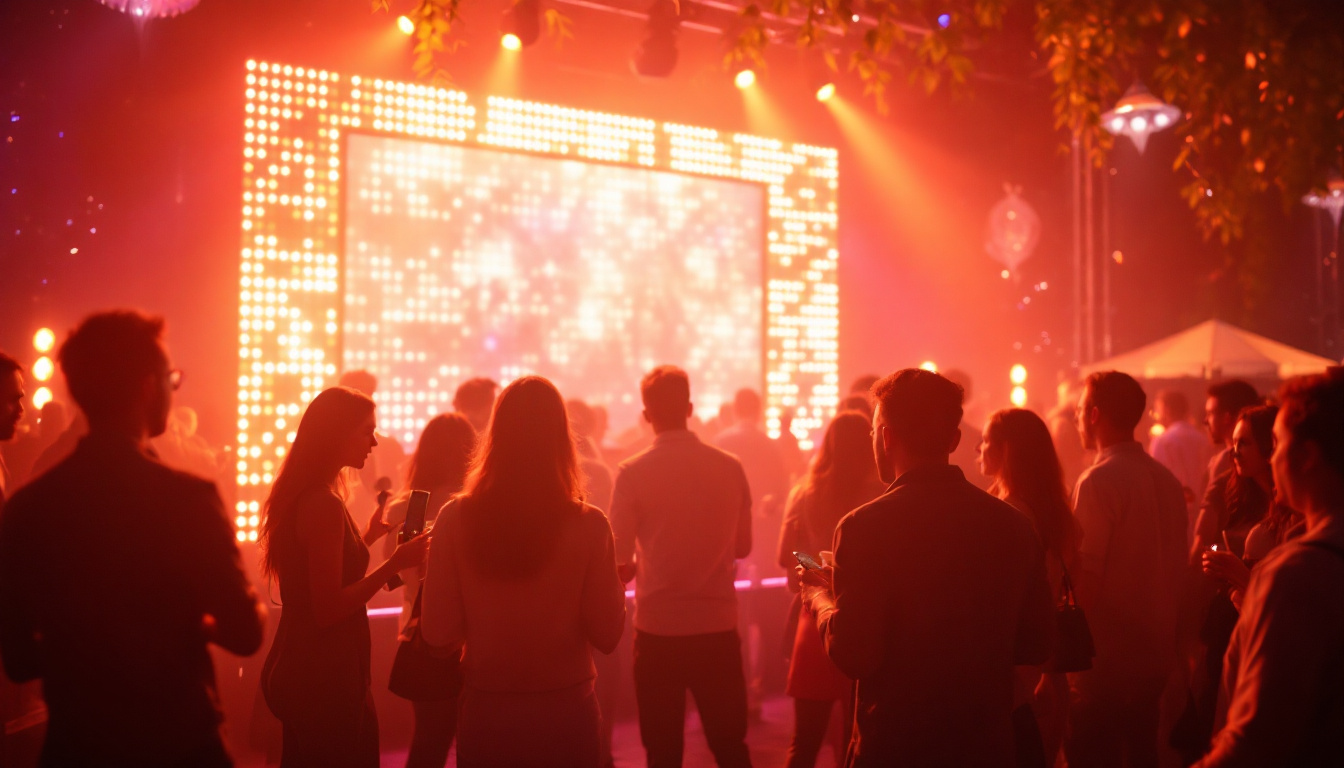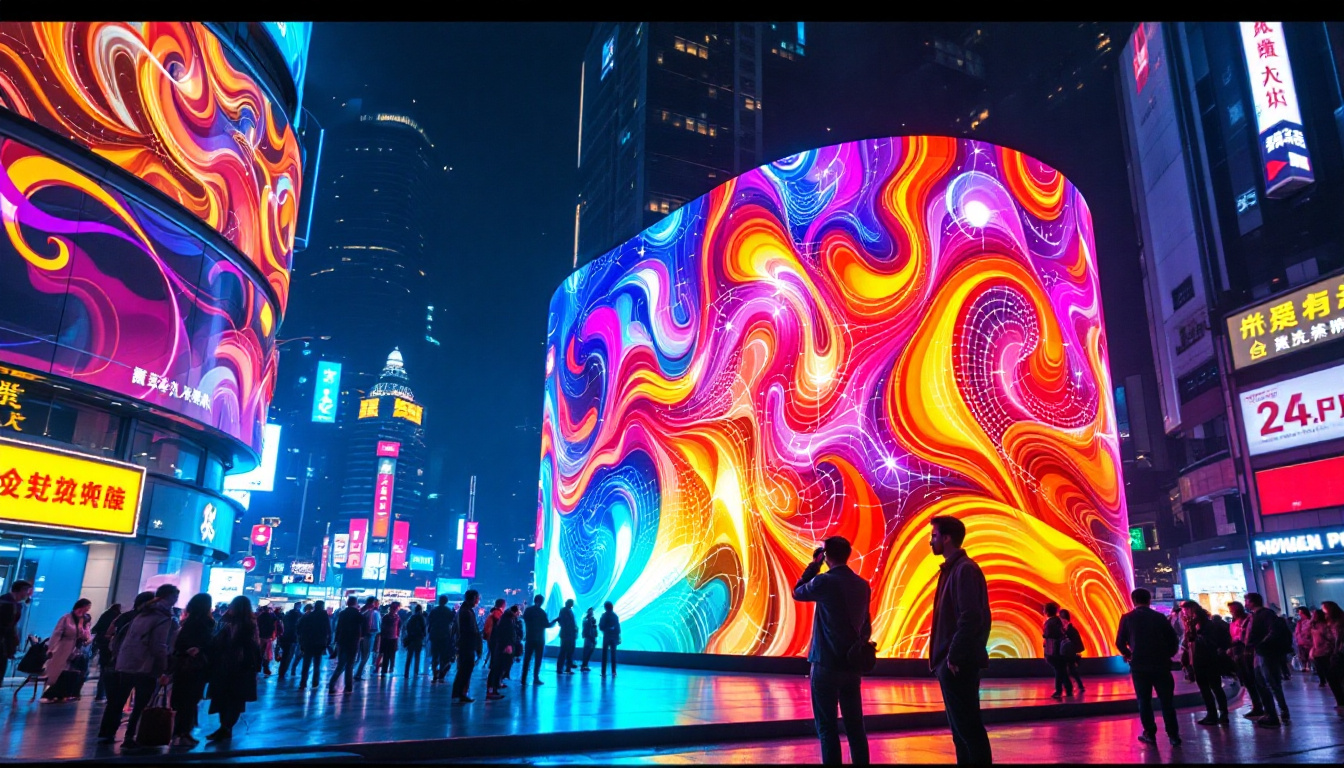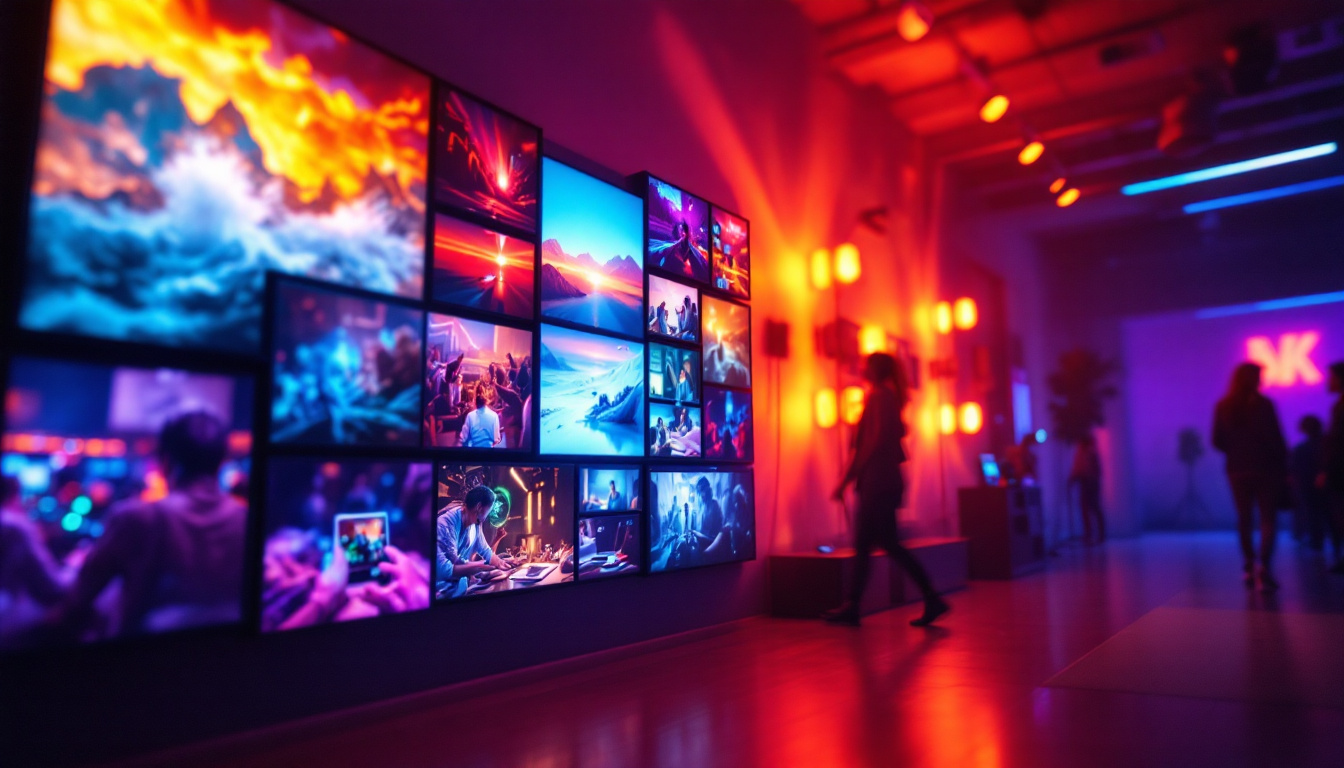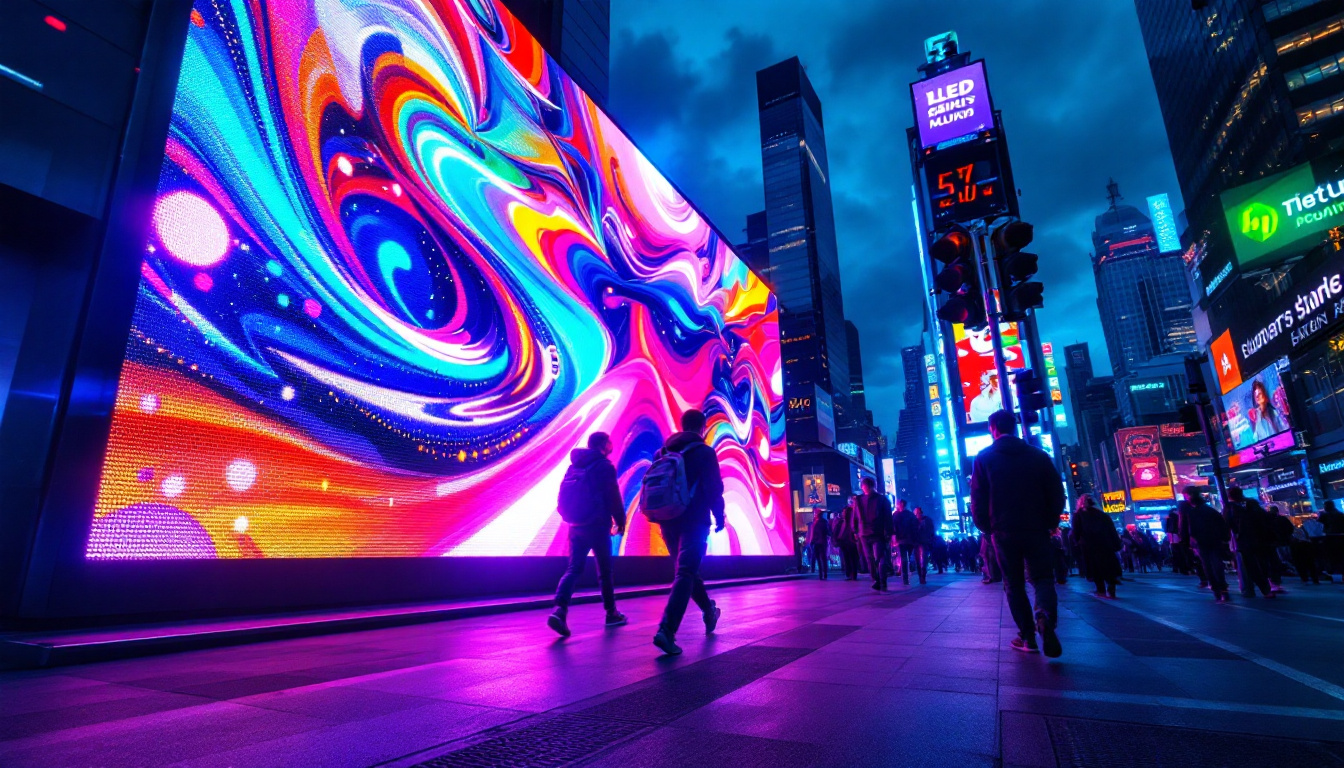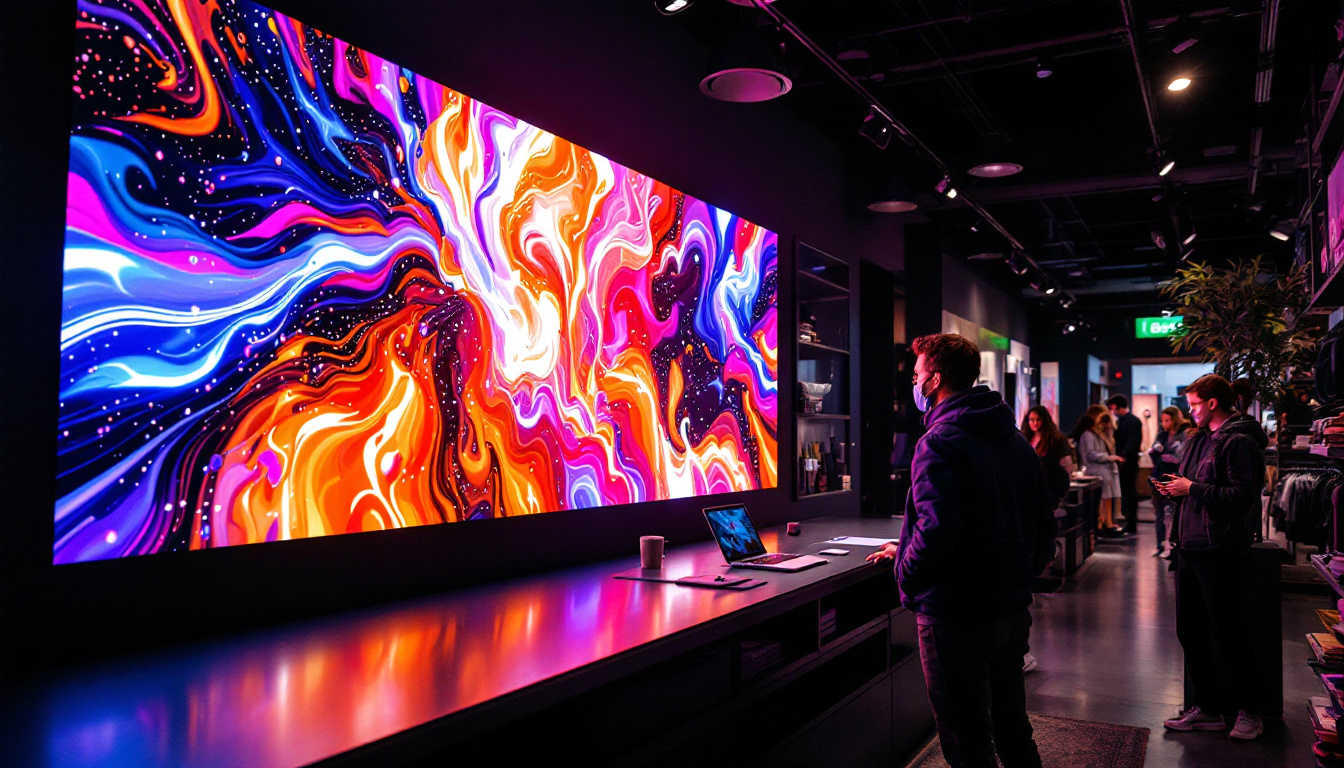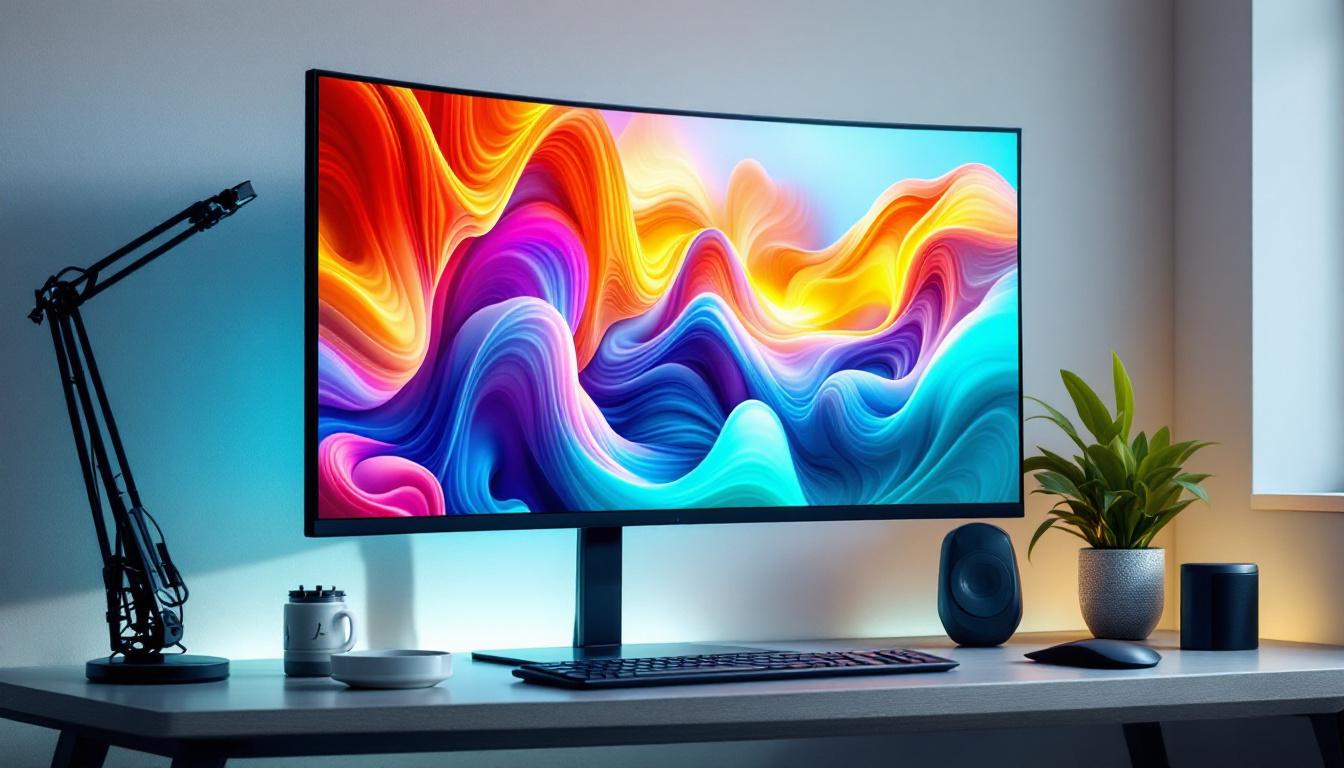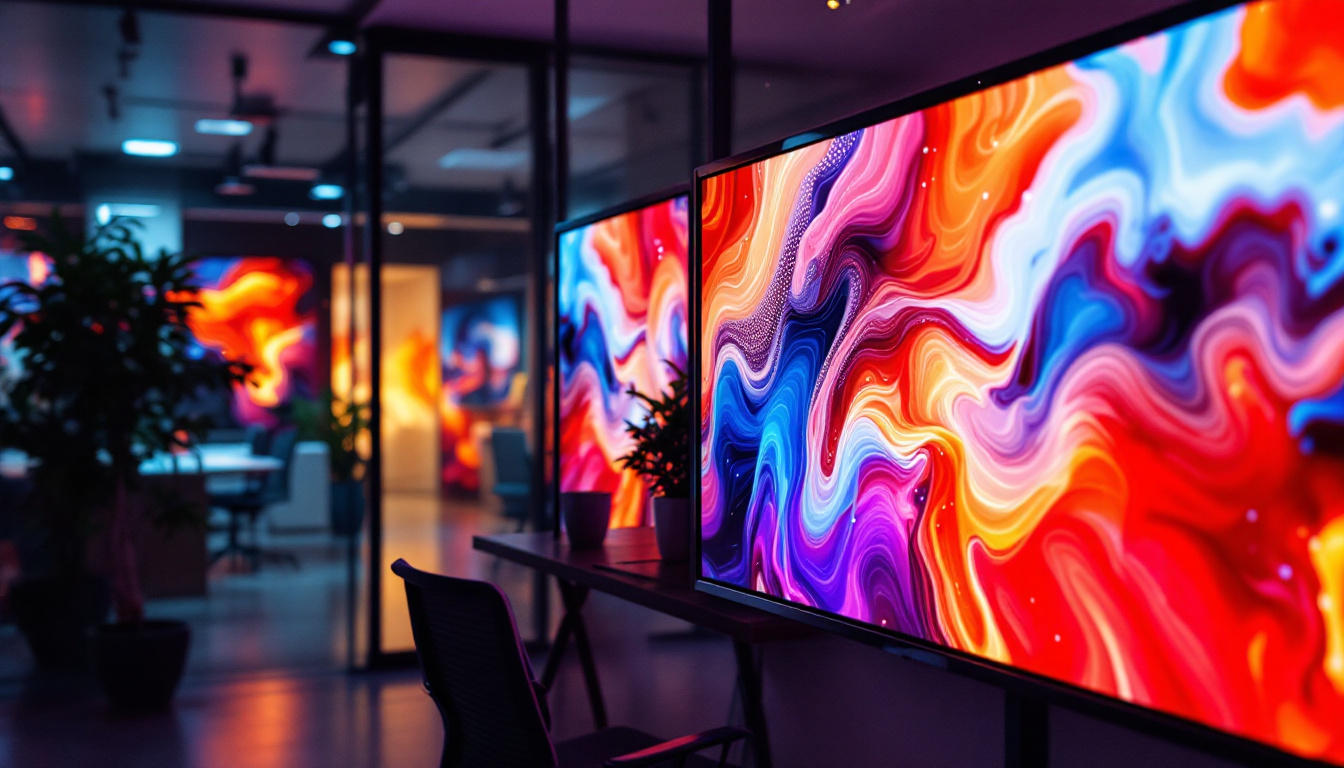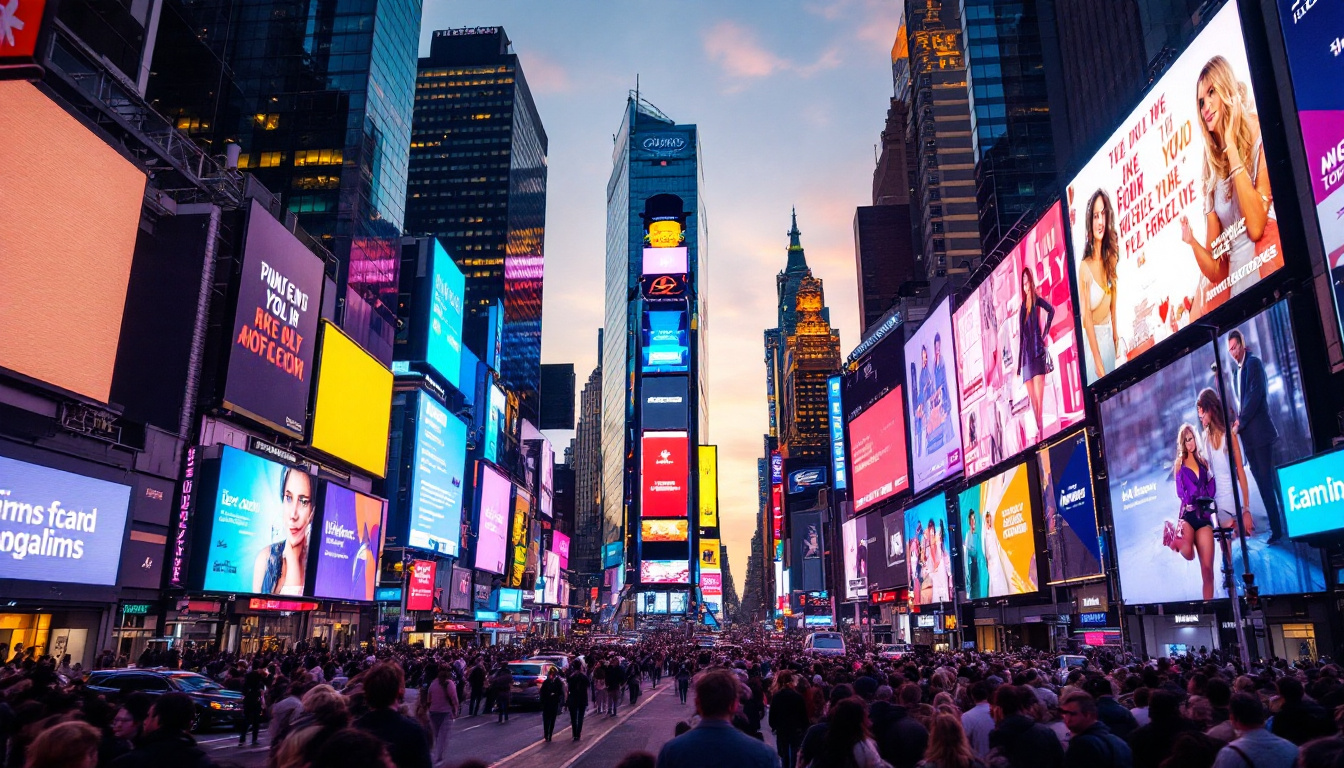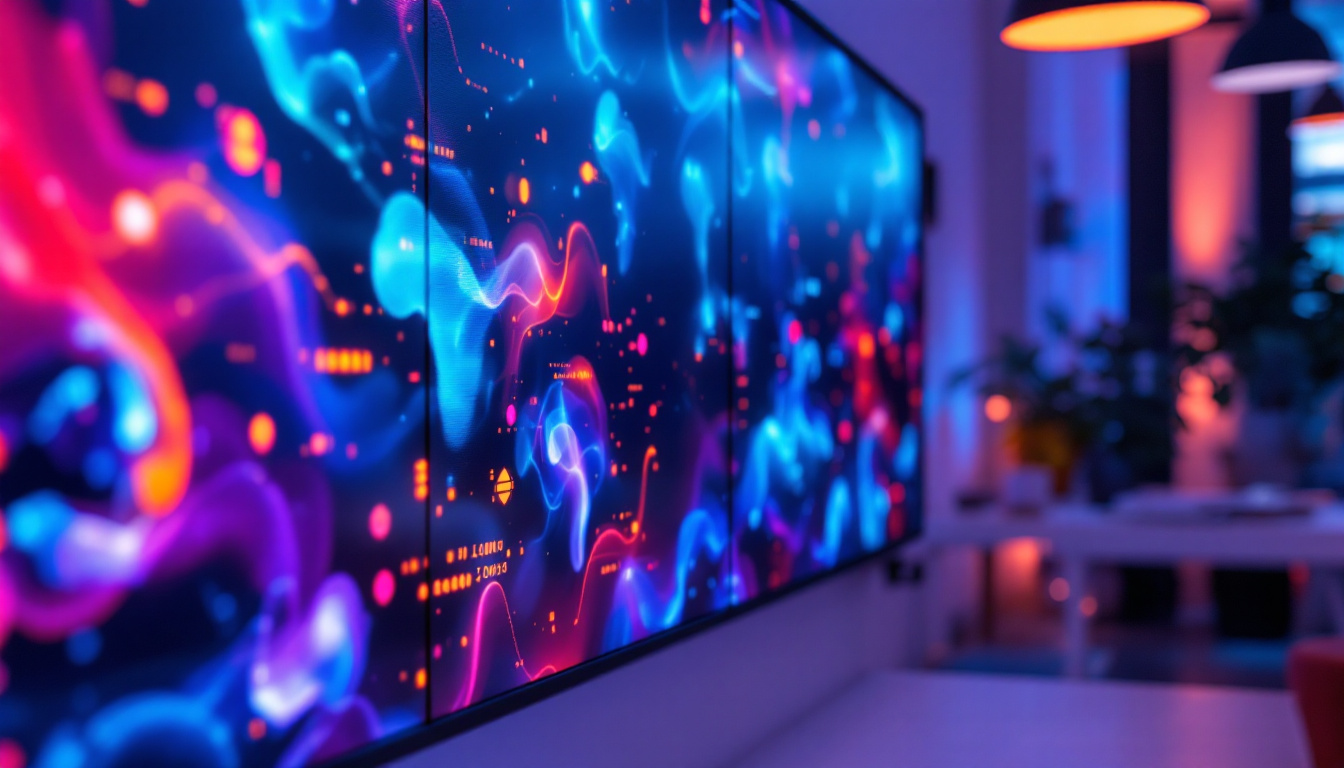In an age where technology constantly evolves, LED displays have emerged as a transformative force in visual communication. From billboards to television screens, LED technology has revolutionized how information is conveyed and experienced. This article delves into the intricacies of LED displays, exploring their functionality, applications, and the future of this vibrant technology.
Understanding LED Technology
LED, or Light Emitting Diode, is a semiconductor device that emits light when an electric current passes through it. Unlike traditional lighting technologies, LEDs are highly efficient, durable, and versatile. Their ability to produce bright, vibrant colors has made them the preferred choice for various applications, particularly in display technology.
The Science Behind LEDs
The fundamental principle behind an LED lies in electroluminescence. When electrons move through a semiconductor material, they recombine with holes, releasing energy in the form of photons. This process generates light. The color of the emitted light depends on the materials used in the semiconductor, allowing for a wide spectrum of colors.
LEDs are categorized into two main types: organic LEDs (OLEDs) and inorganic LEDs. OLEDs utilize organic compounds to emit light, offering flexibility and superior color quality. In contrast, inorganic LEDs, typically made from gallium arsenide or gallium phosphide, are more common in commercial applications due to their robustness and longevity. The advancements in OLED technology have also led to their integration in consumer electronics, such as smartphones and televisions, where they provide deeper blacks and more vivid colors compared to traditional LCD displays.
Advantages of LED Displays
LED displays offer numerous advantages over traditional display technologies, making them increasingly popular in various sectors. One of the most significant benefits is energy efficiency. LEDs consume significantly less power than incandescent or fluorescent lights, leading to reduced energy costs and a lower carbon footprint.
Moreover, LED displays provide exceptional brightness and contrast, ensuring visibility even in direct sunlight. This characteristic is particularly advantageous for outdoor advertising, where visibility is crucial. Additionally, LEDs have a longer lifespan, often exceeding 50,000 hours, which translates to lower maintenance costs and less frequent replacements. The durability of LEDs also means they are less prone to breakage compared to fragile glass bulbs, making them suitable for a wide range of environments, including harsh weather conditions. Furthermore, the compact size of LED technology allows for innovative designs and applications, such as flexible displays and lighting fixtures that can be seamlessly integrated into architectural elements.
Applications of LED Displays
LED displays have found their way into numerous applications, transforming how information is presented and consumed. Their versatility makes them suitable for various environments, from commercial settings to entertainment venues.
Advertising and Marketing
One of the most prominent applications of LED displays is in advertising. Digital billboards, storefront displays, and event signage utilize LED technology to capture attention and convey messages dynamically. The ability to change content quickly and easily allows businesses to promote sales, events, and brand messages in real time.
Moreover, the vivid colors and high resolution of LED displays enhance the visual appeal of advertisements, making them more engaging for potential customers. This capability not only attracts attention but also increases brand recall, making LED displays an effective marketing tool. The interactive nature of some LED displays, which can respond to viewer engagement through touch or motion sensors, further amplifies their impact, creating a memorable experience that encourages consumer interaction and drives sales.
Entertainment and Events
In the entertainment industry, LED displays play a crucial role in enhancing the audience experience. Concerts, festivals, and sporting events often feature large LED screens that display live feeds, graphics, and animations. These screens create an immersive environment, allowing attendees to engage with the event more fully.
Furthermore, LED technology is widely used in theaters and cinemas, where it enhances the visual quality of movies and performances. The ability to produce deep blacks and vibrant colors contributes to a more captivating viewing experience, drawing audiences into the story being told. Additionally, LED displays are increasingly being integrated into stage designs, allowing for dynamic backdrops that can change throughout a performance, thus enriching the narrative and emotional impact of the show.
Public Information Systems
LED displays are also integral to public information systems, such as transportation signage and emergency alerts. Airports, train stations, and bus terminals utilize LED screens to provide real-time updates on schedules, delays, and other essential information. This immediacy helps passengers make informed decisions and enhances overall travel efficiency.
In addition to transportation, LED displays are used in public spaces for emergency notifications, weather updates, and community announcements. Their visibility and clarity ensure that critical information reaches the public quickly and effectively. Beyond these functions, LED displays can also serve educational purposes, such as displaying information about local history, cultural events, or public health advisories, thereby fostering a more informed and engaged community. The adaptability of LED technology means that these displays can be customized to fit the unique needs of different locales, making them a vital resource for enhancing public communication.
Types of LED Displays
LED displays come in various types, each designed to meet specific needs and applications. Understanding these different types can help businesses and organizations choose the right display for their requirements.
Indoor vs. Outdoor Displays
LED displays are generally categorized into indoor and outdoor types. Indoor displays are designed for environments with controlled lighting, offering high resolution and color accuracy. These displays are commonly used in retail stores, conference rooms, and entertainment venues.
On the other hand, outdoor displays are built to withstand harsh weather conditions and varying light levels. They are typically more robust, featuring higher brightness levels to ensure visibility in direct sunlight. Outdoor LED displays are commonly seen in billboards, sports arenas, and public squares. Additionally, outdoor displays often incorporate protective features such as waterproof casings and UV-resistant coatings, which enhance their durability and longevity. This makes them an excellent choice for businesses looking to invest in advertising that can endure the elements while reaching a broad audience.
Fixed vs. Rental Displays
Another distinction in LED displays is between fixed and rental options. Fixed displays are permanently installed in a specific location, making them ideal for businesses that require consistent messaging, such as storefronts or corporate buildings.
Rental displays, however, are designed for temporary use, often utilized for events, exhibitions, and trade shows. These displays are lightweight and easy to assemble, allowing for quick setup and takedown. Rental LED displays provide flexibility for organizations that need high-quality visual solutions for short-term engagements. Furthermore, rental displays often come with customizable features, enabling businesses to tailor their content to suit specific events or audiences, thereby enhancing engagement and interaction during presentations or promotions.
Pixel Pitch and Resolution
Pixel pitch is a crucial factor in determining the quality of an LED display. It refers to the distance between the centers of two adjacent pixels, measured in millimeters. A smaller pixel pitch indicates a higher resolution, resulting in clearer and more detailed images.
For indoor displays, a pixel pitch of 1.5mm to 3mm is common, providing excellent image quality for close viewing. In contrast, outdoor displays typically have a pixel pitch ranging from 5mm to 20mm, balancing visibility from a distance with cost-effectiveness. Moreover, advancements in LED technology have led to the development of ultra-fine pixel pitch displays, which can achieve resolutions comparable to traditional LCD screens. This innovation allows for stunning visuals even in larger formats, making them increasingly popular for high-end applications such as digital art installations and immersive environments.
The Future of LED Displays
The future of LED displays looks promising, with ongoing advancements in technology and design. As the demand for high-quality visual communication continues to grow, several trends are shaping the evolution of LED displays.
Advancements in Technology
One of the most significant trends is the development of microLED technology. MicroLED displays consist of tiny individual LEDs that can be placed closer together, resulting in higher resolution and improved color accuracy. This technology has the potential to create displays that are thinner, lighter, and more energy-efficient than traditional LED displays.
Additionally, advancements in flexible LED technology are paving the way for innovative display designs. Flexible LED screens can be bent and shaped to fit various surfaces, allowing for creative installations in both commercial and artistic applications. This versatility opens up new possibilities for how displays can be integrated into environments.
Integration with Smart Technology
As smart technology continues to permeate various industries, LED displays are increasingly being integrated with IoT (Internet of Things) capabilities. This integration allows for real-time data sharing and interactivity, enabling businesses to create dynamic and personalized experiences for their audiences.
For instance, smart LED displays can analyze viewer engagement and adjust content accordingly, optimizing marketing efforts and enhancing user experience. This level of interactivity is expected to become a standard feature in future LED display solutions.
Sustainability and Eco-Friendliness
With growing concerns about environmental impact, the LED industry is also focusing on sustainability. Manufacturers are exploring eco-friendly materials and production processes to reduce waste and energy consumption. Additionally, the long lifespan of LED technology contributes to sustainability by minimizing the need for frequent replacements.
As consumers become more environmentally conscious, the demand for sustainable LED solutions is likely to increase, prompting further innovation in this area.
Conclusion
LED displays have fundamentally changed the landscape of visual communication, offering unparalleled brightness, energy efficiency, and versatility. Their applications span various industries, from advertising to entertainment and public information systems. As technology continues to advance, the future of LED displays promises even more exciting developments, including microLED technology, smart integration, and a focus on sustainability.
Understanding the intricacies of LED displays can empower businesses and organizations to leverage this technology effectively, enhancing their communication strategies and engaging their audiences in new and innovative ways. As the world becomes increasingly visual, LED displays will undoubtedly play a pivotal role in shaping how information is shared and experienced.
Discover the Future of Visual Communication with LumenMatrix
As you consider the vast potential and transformative power of LED displays in today’s visual-centric world, LumenMatrix stands at the forefront of this innovation. With a diverse range of cutting-edge LED display solutions, from Indoor and Outdoor LED Wall Displays to specialized options like Vehicle, Sports, and Floor LED Displays, LumenMatrix is committed to enhancing your brand’s presence and creating immersive experiences that captivate and engage. Embrace the future of visual storytelling and Check out LumenMatrix LED Display Solutions to see how our technology can revolutionize your communication strategy.

